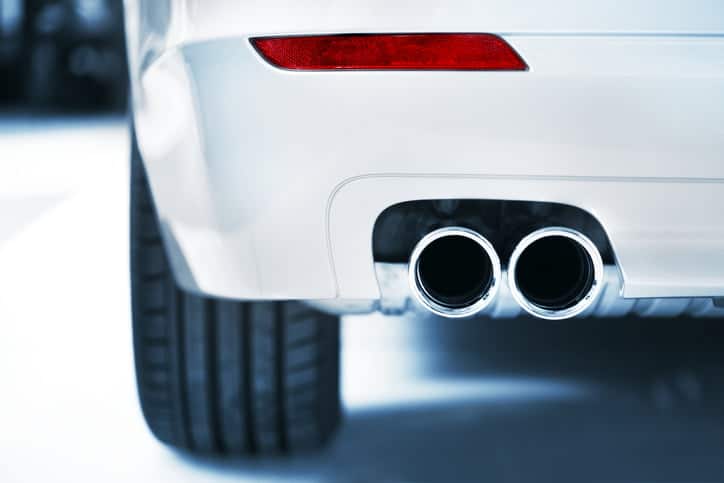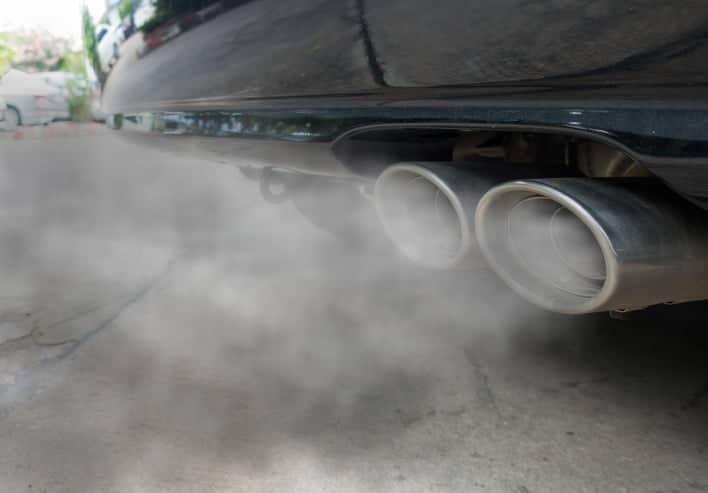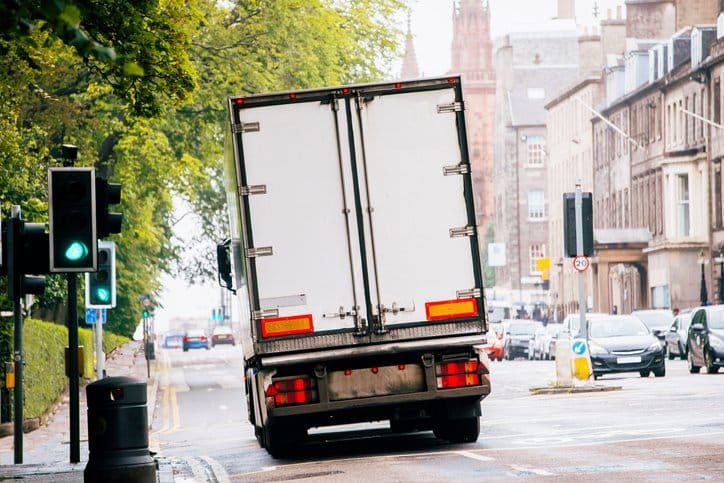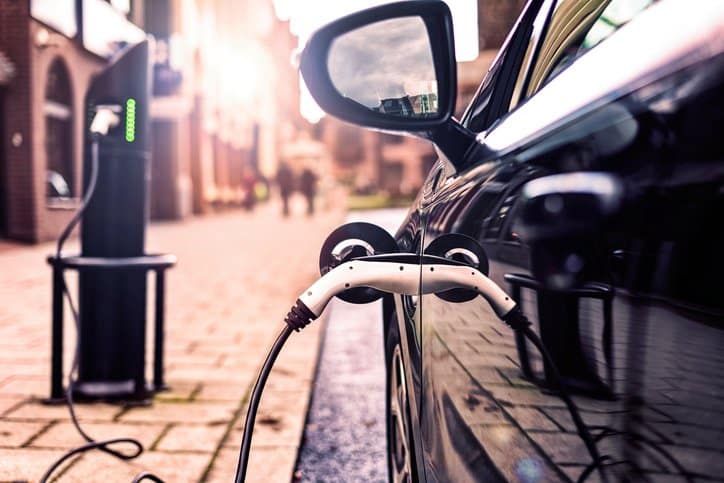With traffic at record levels, and car ownership growing year on year (there are around 37 million licenced vehicles on UK roads in 2017) air pollution is a mounting problem. And, in Britain’s urban centres, air quality is rapidly becoming a public health nightmare. London, in particular, has been hugely affected in the past decade, with an estimated 10,000 people dying each year due to the long-term effects of air pollution.
Unsurprising, then, that the issue of cleaner air has become such a hot topic, with successive London Mayors looking at schemes to reduce harmful emissions and improve air quality within the city limits. And it’s larger, less fuel-efficient vehicles that are being targeted for solutions. One option in particular, seems to provide an answer to the problem of air pollution in our over-crowded urban hubs: the introduction of Low Emission Zones.
So, here we answer a few of the most important questions about Low Emission Zones.
Quick Links:
- What Is a Low Emission Zone?
- Which Areas of the UK Are Affected by Low Emission Zones?
- How Will I Know if I Enter a Low Emission Zone?
- How Are Low Emission Zones Enforced?
- Which Vehicles Are Affected by Low Emission Zones?
- What Else Do I Need to Know About Low Emission Zones?
- What Is an Ultra Low Emission Zone?
- What is the Future for Low Emission Zones?
What Is a Low Emission Zone?
A Low Emission Zone (or LEZ), is an area, usually found in a large inner city, that is designed to reduce harmful emissions by imposing a charge on high-polluting vehicles, such as large vans, pickups and HGVs. It’s different from a congestion charge, like the one in London, which covers all vehicles. The aim is to encourage people to use cleaner vehicles, such as hybrids and electric cars, and ultimately improve the quality of the air. While offending vehicles are not banned from entering Low Emission Zones, failure to pay the daily charges can result in a big fine.
Which Areas of the UK Are Affected by Low Emission Zones?
While many major European cities, such as Paris, Athens and Oslo have been using Low Emission Zones for a number of years, London is the first UK city to start adopting the scheme. And, while other UK cities, such as Brighton, Oxford, Norwich and Nottingham all have LEZs in place, these are aimed solely at local buses, with all other vehicles able to enter the clean air zones free of charge.
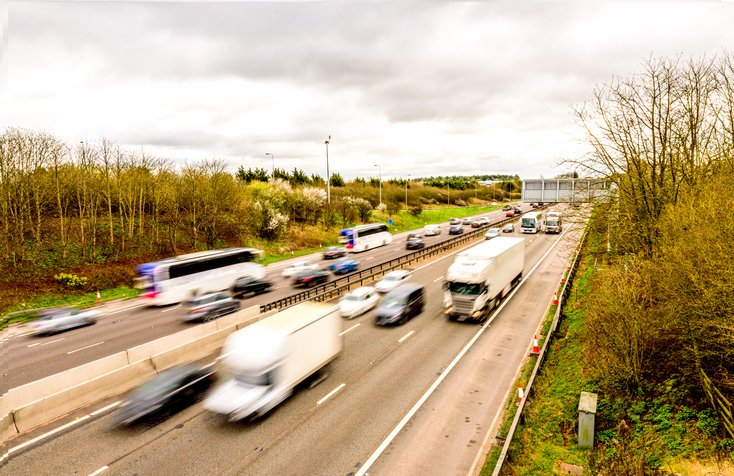
How Will I Know if I Enter a Low Emission Zone?
Advance warning signs will tell you when you’re approaching a Low Emission Zone, with additional signs placed at regular intervals within the zone itself. On major approaches, such as the M25, signs will indicate LEZ boundaries and offer alternative routes for drivers who wish to avoid the charge.
How Are Low Emission Zones Enforced?
Low Emission Zones are policed by a network of cameras that use automatic number plate recognition (ANPR) technology. When you enter the zone the ANPR cameras will pick up your number plate and check it against a central database to see if your car meets the emissions standards. If it doesn’t and you haven’t paid the daily fee, you’ll be fined.
Which Vehicles Are Affected by Low Emission Zones?
Currently, only larger vehicles are affected by Low Emission Zones, such as lorries, vans and pickup trucks. Here’s a list of all the vehicles that will need to pay a daily charge when travelling within any of London’s Low Emission Zones:
- Articulated lorries over 3.5 tonnes gross vehicle weight (GVW), registered as new before 1 Oct 2006.
- Lorries over 3.5 tonnes GVW, registered as new before 1 Oct 2006.
- Flatbed lorries over 3.5 tonnes GVW, registered as new before 1 Oct 2006.
- Coaches over 5 tonnes GVW, registered as new before 1 Oct 2006.
- Larger vans, 1.205 tonnes unladen to 3.5 tonnes GVW, registered as new before 1 Jan 2002.
- Smaller vans, 1.205 tonnes unladen to 3.5 tonnes GVW, registered as new before 1 Jan 2002.
- Minibuses, 5 tonnes or less GVW, registered as new before 1 Jan 2000.
- Light 4×4 utility vehicles, 1.205 tonnes unladen to 3.5 tonnes GVW, registered as new before 1 Jan 2002.
- Pickup trucks, 1.205 tonnes unladen to 3.5 tonnes GVW, registered as new before 1 Jan 2002.
Depending on the year your vehicle was registered, you may also have to pay a daily charge if you’re driving:
- A motorised caravan, over 2.5 tonnes gross vehicle weight.
- A horsebox, over 1.205 tonnes unladen vehicle weight.
Charges range from £100 to £200 a day, depending on your vehicle, and must be paid by midnight of the next working day to avoid further penalties. If you’re still unsure whether your vehicle is affected by the charges, you can check on the gov.uk website by entering your registration number.
What Else Do I Need to Know About Low Emission Zones?
Here are some other important things to remember when you’re driving in a Low Emission Zone:
- Low Emission Zones operate 24 hours a day, 365 days a year, regardless of weekends or public holidays.
- The scheme runs from midnight to midnight, so, for example, if you use a Low Emission Zone between 11.45pm and 1am the following day, you’ll have to pay for two full days.
- If your vehicle is parked within a Low Emission Zone, but you don’t actually drive it, you’ll be exempt from any charges for that particular day.
- LEZ charges are on top of the London Congestion Charge, which is set at £11.50 a day and runs from 7am to 6pm, Monday to Friday, within the specified zones.
If you travel regularly within London’s Low Emission Zones, and your vehicle falls into one of the above categories, you can avoid paying the charge altogether by having an approved filter fitted to your vehicle.
If you’re planning a trip to London and you know you’re going to be driving within a Low Emission Zone, you can register your vehicle up to 64 days in advance. You can pay online or over the phone, and full details can be found on the UK government website.
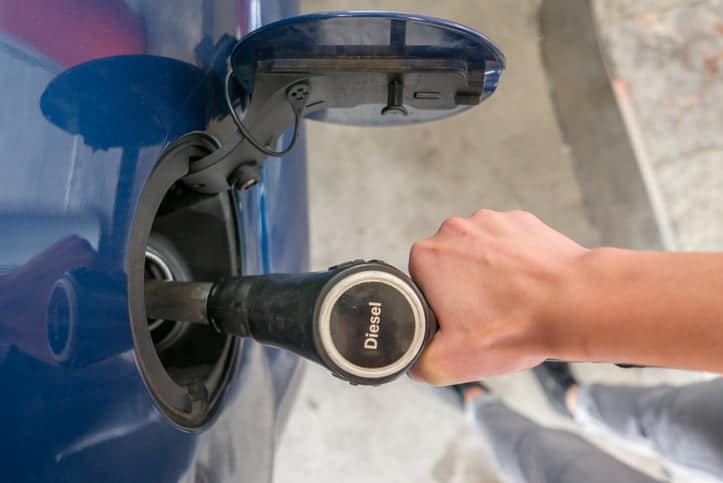
What Is an Ultra Low Emission Zone?
Ultra Low Emission Zones will operate just like the current Low Emission Zones, with daily charges, fines for non-compliance, and round-the-clock monitoring with ANPR cameras, but cover more vehicles with stricter legislation.
They were first announced in 2014 by Boris Johnson who wanted to introduce them to various parts of central London, in an attempt to drastically reduce air pollution within the city limits. Initially scheduled for September 2020, the scheme was brought forward after new London Mayor, Sadiq Khan, took office, with Ultra Low Emission Zones now set to be introduced as early as April next year. Kahn has since expanded the initiative to include more areas of central London, as well the North and South Circular boundary by October 2021.
It’s bad news for diesel owners, with all diesel cars registered before 1 September 2015 set to be included in the new regulations. Here’s a breakdown of the vehicles that will face the new daily emissions charge:
- Diesel vehicles that do not meet Euro 6 standards – effectively, any diesel car or van that is more than six years old come 2021.
- Petrol vehicles that do not meet Euro 4 standards – any petrol car or van that is more than 15 years old by 2021.
- Motorbikes that do not meet Euro 3 standards.
If you are unsure of your vehicle’s emissions standard, click here.
Here are some other important things you need to know about the new Ultra Low Emission Zones:
- If your car fails to meet emissions requirements, you’ll face a £12.50 daily charge for using the new Ultra Low Emission Zones.
- You can pay the charge online, over the phone, or, if you use the zones regularly, you’ll be able to use Transport for London’s Auto Pay system.
- As with Low Emission Zones, if you don’t pay the daily charge you’ll get a fine: £130 for cars, vans and motorcycles, and £1,000 for HGVs, coaches and buses. However, penalties will be cut in half if you pay within 14 days.
- The Ultra-Low Emission Zones will replace London’s existing toxicity charge (or T-Charge), introduced last year in parts of London to combat air pollution.
- There’ll also be stricter rules governing HGVs, buses and coaches, with daily charges of up to £100, although black cabs will still be exempt.
What is the Future for Low Emission Zones?
As well as Mayor Sadiq Kahn’s commitment to expand the boundaries of Ultra Low Emission Zones, London is seeing big investment in clean air projects on a local level, too. These include Town Centre Low Emission Zones in Hammersmith and Fulham, with a zero-emission street on Hammersmith Grove, and new School Low Emission Zones in Camden, designed to restrict poor air quality around 23 local schools by limiting traffic in specified areas.
Plans are also in place to introduce more electric charging points in London’s boroughs in a bid to encourage people to switch to zero-emission vehicles, as well as a fully electric taxi rank. And, with other big UK cities, such as Edinburgh, Glasgow and Birmingham set to adopt clean air projects in the coming months and years, it looks like Low Emission Zones are here to stay.
At Redex, our fuel additives help to lower emissions and improve the health of petrol, diesel and hybrid engines for a better drive. Find out more by visiting the Redex homepage.
